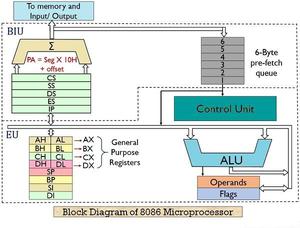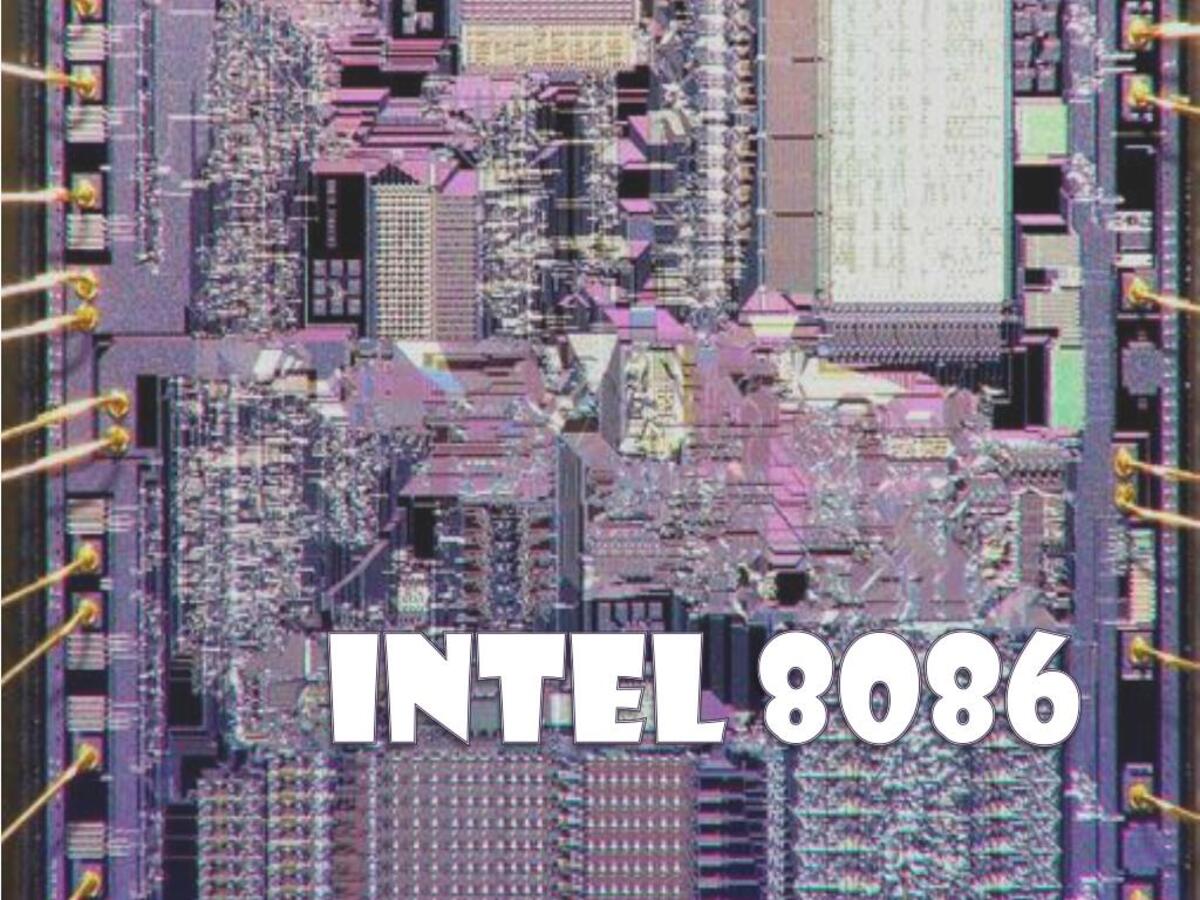Introduction
2024 marks 46 years since the release of the Intel 8086, a groundbreaking chip that laid the foundation for the x86 architecture that continues to power most personal computers today.
The 8086 wasn’t just powerful for its time (a 16-bit processor in a world of 8-bit ones), it was also designed with an eye towards the future. This focus on backward compatibility allowed future processors like the 80286 and 386 to build upon the 8086’s architecture, creating a lineage that continues to this day.

Launched in 1978, this pioneering chip laid the groundwork for the x86 architecture. It continues to power most modern computers. Reflecting on this anniversary, we explore the Intel 8086’s legacy and ongoing impact. This processor revolutionized the computing industry and set the stage for future technological advancements.
Background: The Dawn of Modern Computing
In the late 1970s, the computing industry was in its infancy, with microprocessors just beginning to emerge as the brains behind personal and business computers.
Intel, already a key player in the semiconductor market, faced stiff competition from companies like Motorola. The Motorola 6800 microprocessor was gaining traction, and Intel needed a groundbreaking innovation to stay ahead.
The Intel 8086 microprocessor surpassed competitors and set a new industry standard.
Read More: 3 Lithography Patents That Fueled the Chip Explosion from Light Years to Nanometers – techovedas
The Birth of x86 Architecture
When Intel introduced the 8086 microprocessor, it revolutionized the computing industry.
The Intel 8086 was designed by a team led by Stephen Morse. Intel developed the 8086 in response to competition from Motorola.

Motorola’s 6800 microprocessor was gaining prominence in the market. The 8086 aimed to provide a more powerful and versatile computing option.
Intel needed a powerful, versatile option to stay ahead, and the 8086 delivered.
The 8086 featured a 16-bit architecture. It boasted a clock speed of up to 10 MHz. This marked a significant advancement from earlier processors. It offered improved performance and processing capabilities.
Its complex instruction set computing (CISC) architecture set it apart, providing versatility for both personal and business computing applications.
This innovation was instrumental in establishing the x86 architecture, a cornerstone of Intel’s processor lineup to this day.
Read More:IBM and Pasqal Forge Open-Source Path to Build Practical Quantum Supercomputers. – techovedas
Key Innovations of the Intel 8086
One of the standout features of the Intel 8086 was its segmented memory addressing. This approach enabled the processor to access larger memory spaces than earlier 8-bit processors, which was crucial for running more complex programs and operating systems. 
The 8086 could divide 1MB of memory into 64KB segments, a feature that would influence the design of future processors.
The introduction of the 8086 also paved the way for the 8088 processor, a variant that would later power the iconic IBM PC. This solidified the 8086’s place in computing history, as it became the foundation for future innovations in the industry.
Read More: Upto 22% : Top 5 Semiconductor Equipment Makers Sales Surge in Q1 2024 – techovedas
The Legacy of the 8086
The impact of the Intel 8086 extended far beyond its initial release. It was the progenitor of a series of influential processors, including the 80286, 80386, and 80486, leading up to the legendary Pentium series. Each generation built upon the 8086’s foundation, furthering the capabilities and performance of personal computers.
One of the most enduring aspects of the 8086’s legacy is its instruction set architecture (ISA). This architecture has been maintained and expanded over the decades, forming the backbone of modern Intel processors. Today’s Intel Core series, for example, traces its roots back to the original 8086 and the x86 architecture.
Read More: Rapidus and IBM Collaborate for Chiplet Packaging for 2nm Process Node – techovedas
Modern Relevance and Celebration
The relevance of the Intel 8086 endures in contemporary computing. Modern processors continue to push the boundaries of performance and efficiency, all while building on the legacy of the 8086. Intel recognized the significance of this milestone with the release of the Core i7-8086K in 2018, celebrating the 40th anniversary of the 8086.
Read More: Expedera Opens Sixth Global R&D Center in Hyderabad, India: Implications – techovedas
A Pivotal Moment in Computing History
The introduction of the Intel 8086 was more than just a technological advancement; it marked the beginning of a new era in computing.
Its influence is still felt today, as modern processors owe much to the innovations that began with the 8086.
As we look to the future, the legacy of the 8086 serves as a reminder of how far we’ve come and the potential for future advancements in computing technology.
Follow us on Twitter: https://x.com/TechoVedas
Conclusion
The Intel 8086 set the stage for modern computing and continues to inspire new generations of processors.
Its introduction 46 years ago was a pivotal moment that changed the industry and paved the way for the technological marvels we rely on today.
As we celebrate this anniversary, we honor the enduring legacy of the 8086 and its profound impact on the evolution of personal computing.








